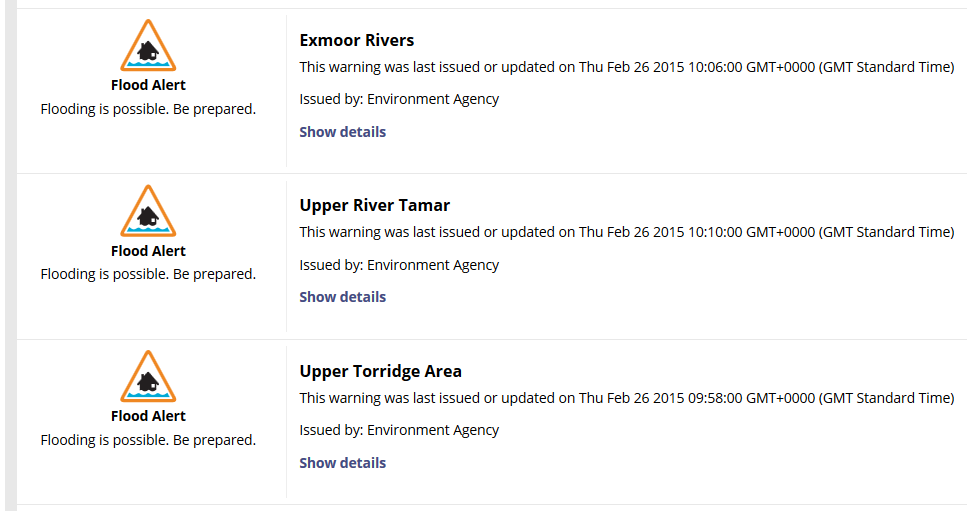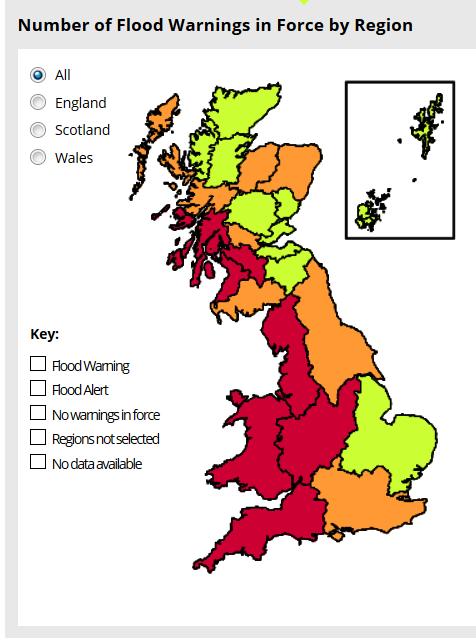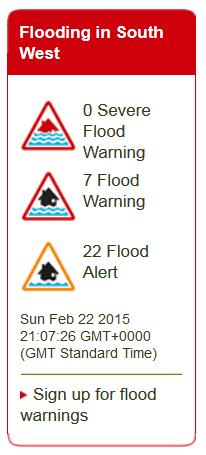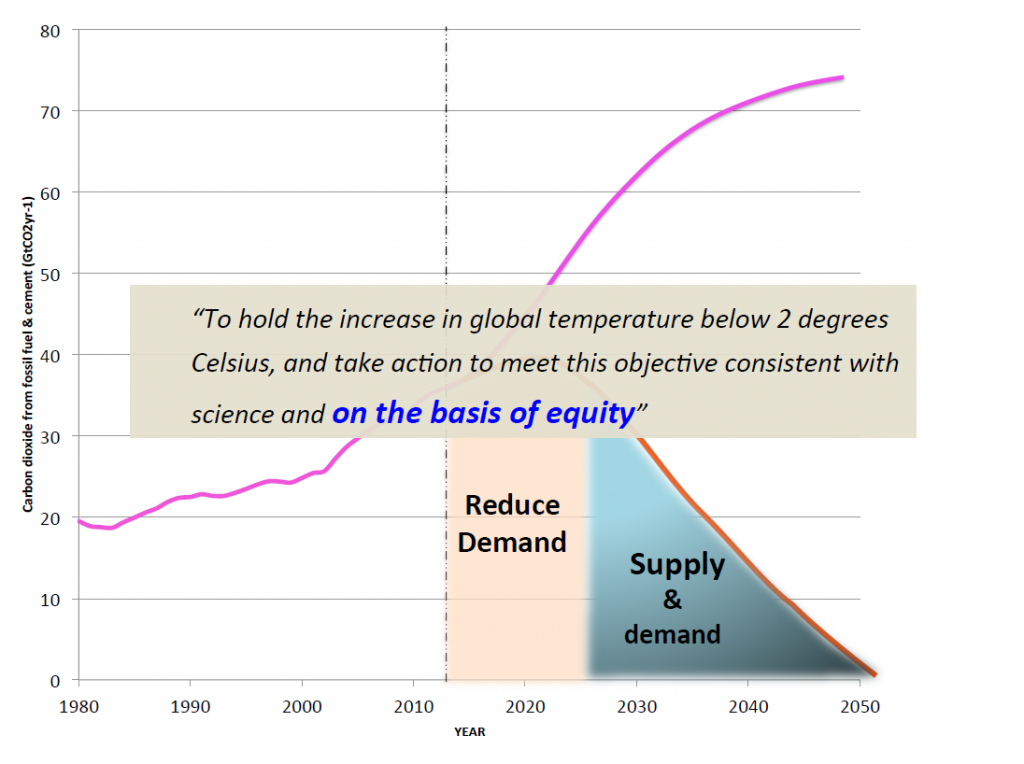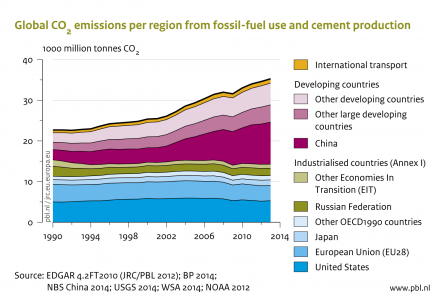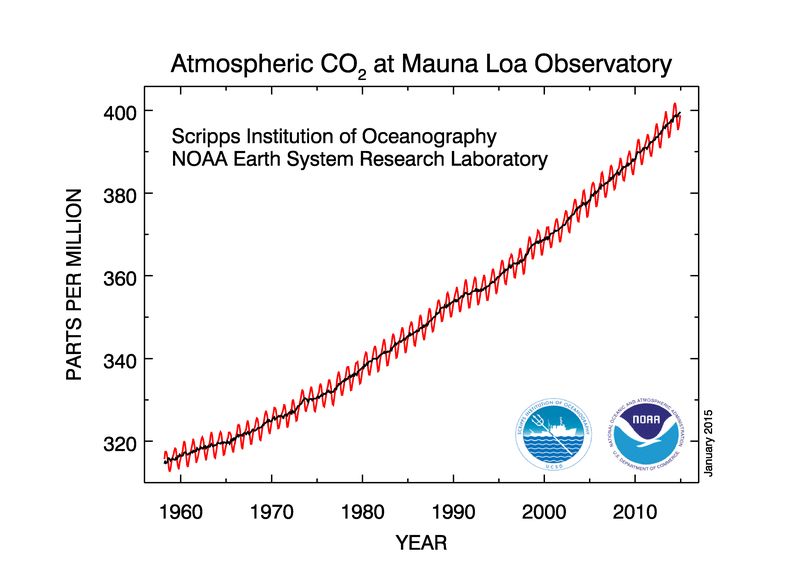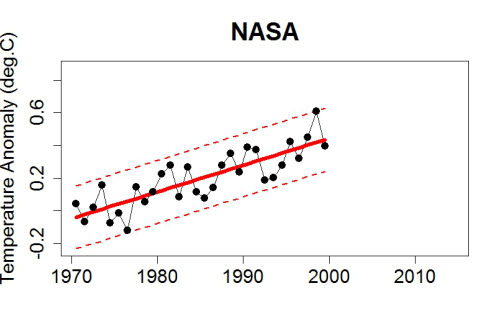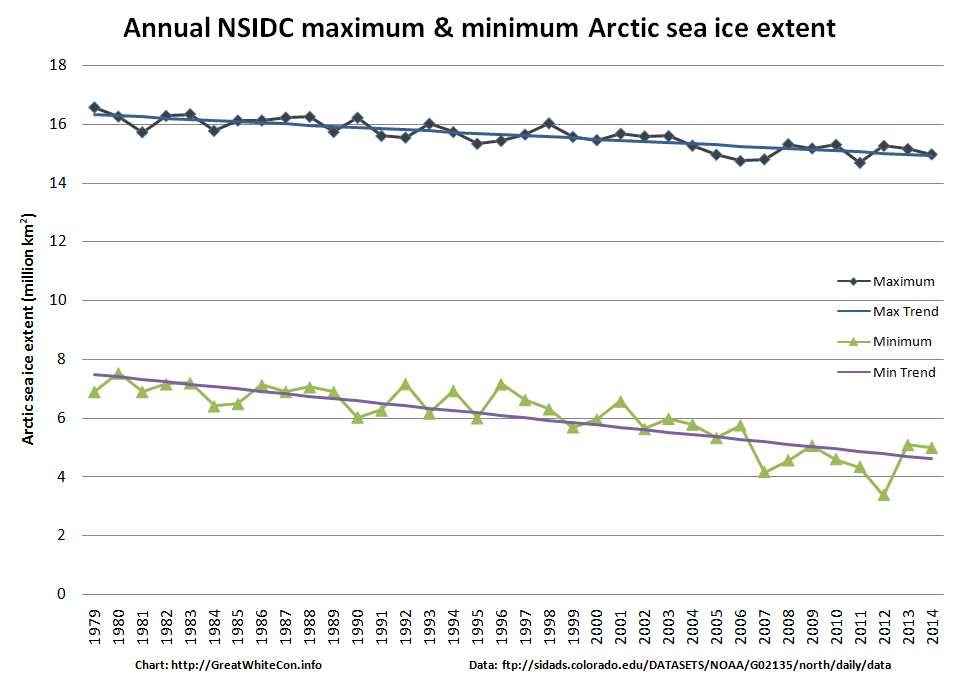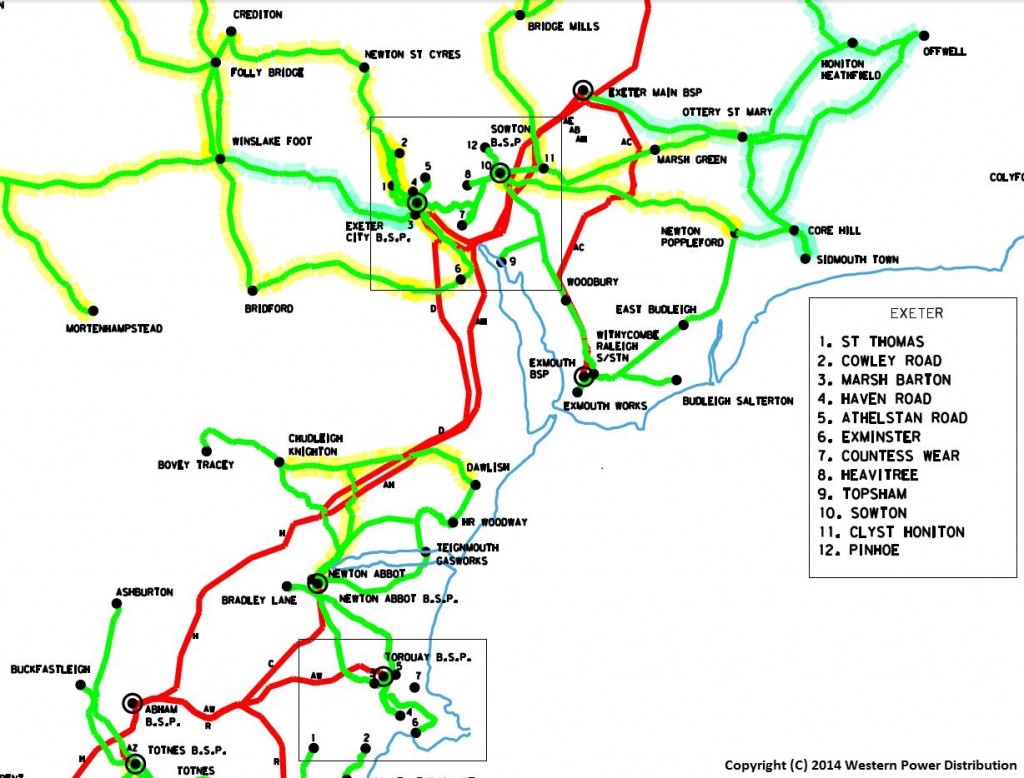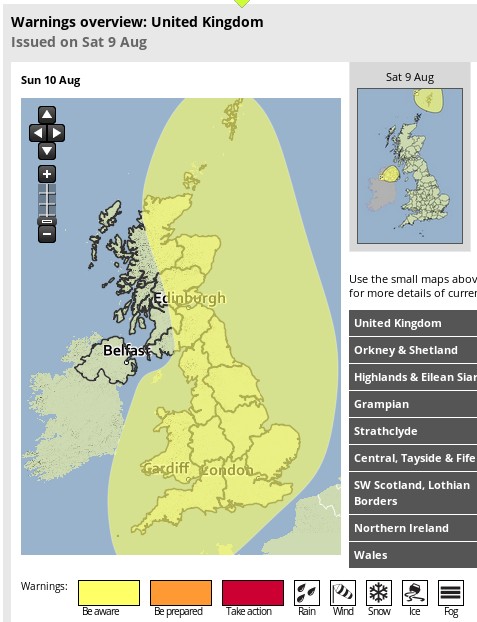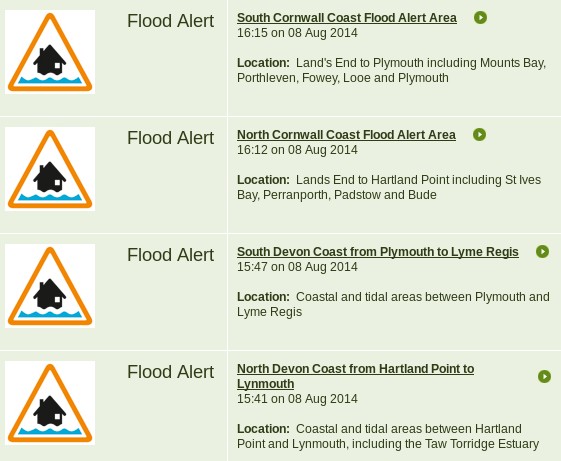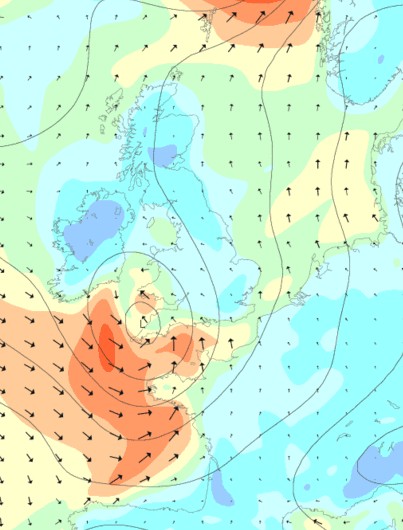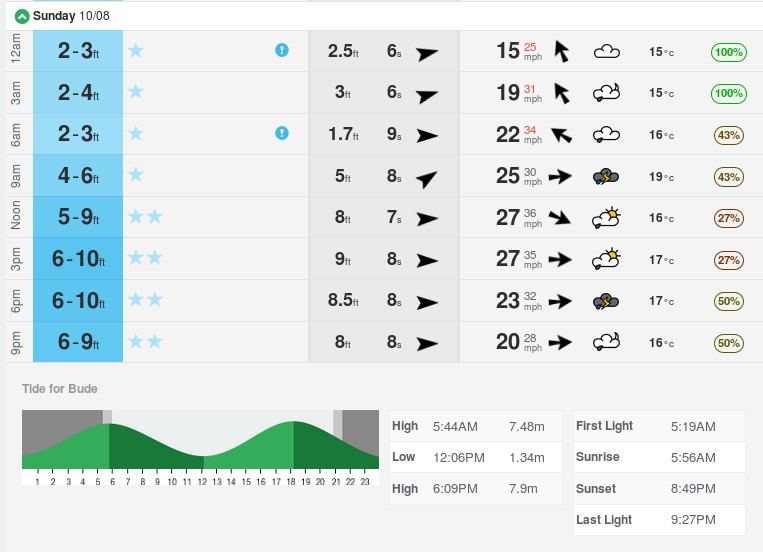Fresh from testifying on Capitol Hill in front of the United States Committee on Science, Space, and Technology Richard Tol, Professor of Economics at the University of Sussex, has just had a new "short communication" published online in the journal Energy Policy. Since energy policy is one of my own specialist subjects I read it with interest, but now I'm rather confused not least because whilst the paper does mention "climate policy" a few times the word "energy" is noticeable only by its absence. At last week's hearing Richard testified that:
It is pretty clear that most of the science agrees that climate change is real and most likely human made.
In his new paper, catchily entitled "Quantifying the consensus on anthropogenic global warming in the literature: A re-analysis", he is even more specific, stating in his conclusions that:
There is no doubt in my mind that the literature on climate change over-whelmingly supports the hypothesis that climate change is caused by humans. I have very little reason to doubt that the consensus is indeed correct.
Prof. Tol thus makes it abundantly clear that he is part of "the consensus on anthropogenic global warming", so I'm forced to ask myself what it is that he is quibbling about here, since in his introduction he says that:
A claim has been that 97% of the scientific literature endorses anthropogenic climate change (Cook et al., 2013). This claim, frequently repeated in debates about climate policy, does not stand.
What on Earth is the problem then? That "over-whelmingly" is not precisely the same thing as "97%"? Prof. Tol continues:
A trend in composition is mistaken for a trend in endorsement. Reported results are inconsistent and biased. The sample is not representative and contains many irrelevant papers. Overall, data quality is low. Cook's validation test shows that the data are invalid. Data disclosure is incomplete so that key results cannot be reproduced or tested.
It all sounds to me a lot like one of the academic "cat fights" that Prof. Peter Cox was referring to in the presentation he gave at the Transformational Climate Science conference that I attended in Exeter a couple of weeks ago!
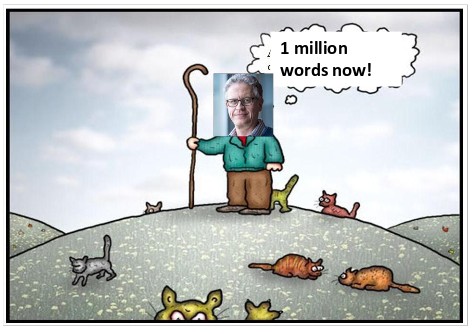
The Intergovernmental Panel of Cat Control thought experiment, courtesy of Prof. Peter Cox
Needless to say the authors of the paper Richard Tol is criticising aren't taking all this lying down. In a post on the Skeptical Science web site Dana Nuccitelli, a member of the "et al." section of the paper in question, responds as follows:
The crux of Tol's paper is that he would have conducted a survey of the climate literature in a slightly different way than our approach. He's certainly welcome to do just that – as soon as we published our paper, we also launched a webpage to make it as easy as possible for anyone to read the same scientific abstracts that we looked at and test the consensus for themselves.
Tol chose instead to look for faults in our study's methods in what he described as a "destructive" approach. Ultimately he concluded that because those who were categorizing the abstracts based on their position on the cause of global warming were human, our ratings were imperfect (this is certainly true), and that accounting for these imperfections brings the consensus value down to about 91%. That's where Tol made his big mistake.
That's followed by a long section explaining what it describes as "Tol's big mistake", going on to ask:
One might wonder how Tol's critique made it through the peer-review process with so many serious flaws. It took five tries, as the paper was first rejected four times by three other journals. He received some harsh but fair criticism from the Environmental Research Letters reviewers, who listed 24 problems and ways the paper could be improved.
I guess that helps explain why this particular paper hasn't been published in a more obvious journal for such subject matter, but it doesn't explain why Richard Tol has jumped through so many hoops to get his views published in a peer reviewed journal. Perhaps some indication can be gleaned from the final paragraph of Prof Tol's conclusions, which reads as follows:
It will take decades or longer to reduce carbon dioxide emissions to zero—the only way to stabilize its atmospheric concentration. During that time, electoral fortunes will turn. Climate policy will not succeed unless it has broad societal support, at levels comparable to other public policies such as universal education or old-age support. Well-publicized but faulty analyses like the one by Cook et al. only help to further polarize the climate debate.
Whilst I agree with the first two sentences, what about the third? What's the point of "further polariz[ing] the climate debate" by publicly picking holes in the methodology of a paper when you broadly agree with its conclusions and you yourself imply that you are concerned about said polarization, particularly when your critique has itself been criticised by a number of independent referees? If your answer isn't simply "academic cat fight" pop it on a virtual postcard to me please, because I'm afraid I can't see any sense in it.
P.S. For numerous alternative viewpoints on this controversial topic please note that this article is now (recursively?) featured near the top in both Richard Tol's list of "Apologists of pseudoscience" and the Skeptical Science "Resources and links documenting Tol's 24 errors"!
Filed under Climate by Jim Hunt
